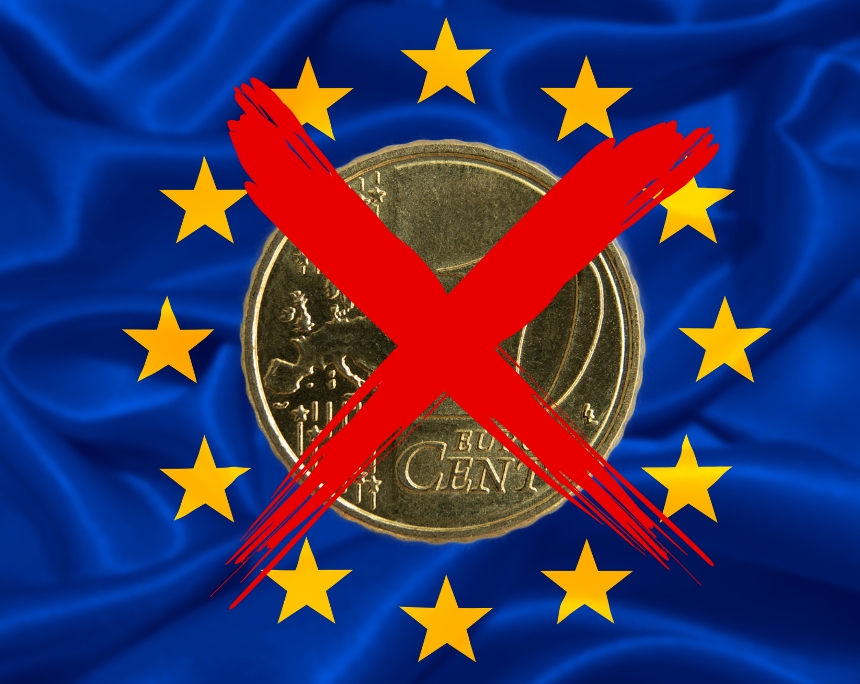French Error Coin: The Monnaie de Paris Coin Mishap
by Sebastian Wieschowski, translated by Anna Velten
The Monnaie de Paris is known for its craftmanship and precision in designing and producing circulation and commemorative coins – and when the French announced the plan of redesigning their coins of 10, 20 and 50 cents in 2024, the news were met with great excitement. Towards the end of 2023, a selling brochure of the Monnaie de Paris even allowed an early glance at the new coins and the anticipation grew even more as it became clear that Joaquin Jimenez, chief engraver at the Monnaie de Paris, had created three works of art for the purse: Simone Veil, Joséphine Baker and Marie Curie in a coin-filling format, framed by the stars of the European flag against a hatched background.
Content
However, less than 48 hours before the ceremonial unveiling was to take place on 7 December 2023, the Monnaie de Paris hurried to cancel the event. “Due to schedule issues, we are forced to postpone this event to a later date.” Only a few days later, the numismatic public could read in the press about what was meant by the term “schedule issues” – and this story made big headlines even in boulevard media in Germany and Europe shortly afterwards: “The Monnaie de Paris experienced a huge mishap: millions of minted coins have been produced for nothing,” read the headline of the French news magazine “Le Point”.
Why the Ceremony with the French Finance Minister Had to Be Cancelled at Short Notice
According to the report, 27 million coins had been minted with the new design, but had to be destroyed as they were “ultimately not approved by the European Commission”. However, it is not the Brussels bureaucrats who are to blame for this. On 7 December 2023, Marc Schwartz, CEO of Monnaie de Paris, wanted to ceremonially showcase the new coins to his boss, the Minister of Economy and Finance Bruno Le Maire, who intended to visit the headquarters of Monnaie de Paris at Quai de Conti, according to the French daily “La Lettre”, which unveiled the scandal. “The workers spared no efforts to deliver the required coins on time. They worked tirelessly four days in a row to make the institution shine,” describes “Le Point” their efforts. Other media sources said that the workers of Monnaie de Paris were deployed in a three-shift schedule in order to meet the tight production deadline.

The first drafts of the new coins of 10, 20 and 50 cents were presented by Monnaie de Paris in a customer brochure. Photo:MDP
A Little Detail Followed by Huge Consequences
Marc Schwartz, however, overlooked a little detail while giving the coins a numismatic facelift: the stars featuring on the obverse of the 10-, 20- and 50-cent coins were not visible enough, according to the assessment of the European Commission. The early designs should have in fact been sent to Brussels earlier so that the seven-days` regulation time required by the Directorate-General for Economic and Financial Affairs (DG ECFIN) to approve the introduction of a new currency was not left to the last minute. The veto from Brussels came on 1 December 2023, thus only a few days before the coins were to be presented to the Minister.
Along with the damage caused to the image of the French model mint, there is also a financial loss: various French media estimated the costs of minting and destroying the coins as well as producing new coins to be at 0.7 to 1.2 million euros. Marc Schwartz, CEO of Monnaie de Paris, refused to take any responsibility for this when asked by “La Lettre”. In a counter-statement of Monnaie de Paris to “La Lettre”, the mint emphasises that only two percent of their annual total production of circulation coins had been affected by this.
A Quickly-Solved Problem Without Additional Costs for French Tax Payers?
Moreover, under no circumstances did the time pressure arise because the ceremonial presentation to the Minister of Economy and Finance was intended to take place at any price, the press release stated. “Given the incompressible production deadlines, Monnaie de Paris had to initiate the production of new coins earlier to ensure that the coins could enter circulation in 2024, in accordance with what was initially announced. This was also intended to enable the marketing of numismatic versions in December, which is always expected by collectors at this period of time,” says a statement of Monnaie de Paris. The Monnaie de Paris stated that the problem was quickly solved, as they were able to suggest a new design within less than 72 hours, and this design was subsequently approved by the European Commission and the member states. Furthermore, no additional costs had incurred because Monnaie de Paris always works cost-effectively, they added. However, the last word is not spoken yet: the Minister of Economy and Finance Le Maire announced to investigate and review the case.








